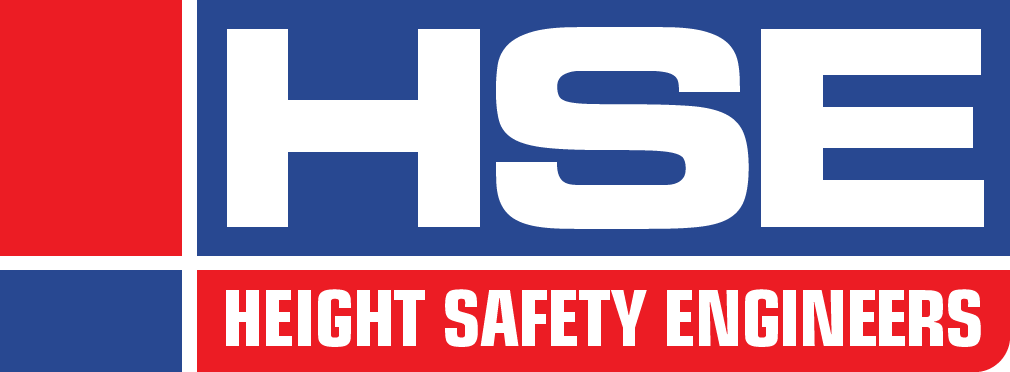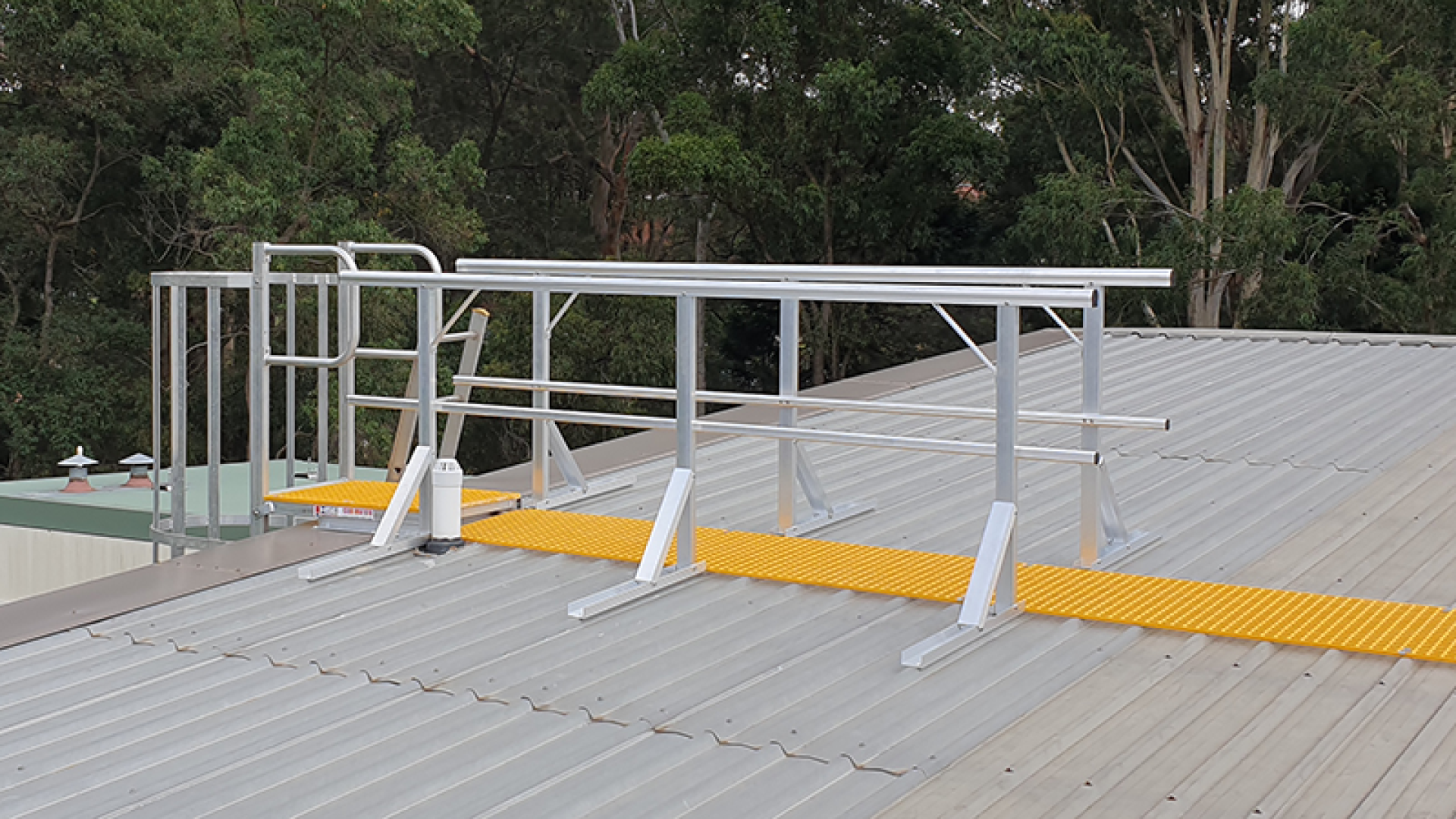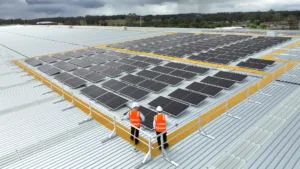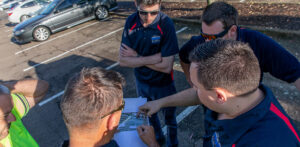Safe access systems come in different forms and are used for different purposes. It is critical that workers understand the differences and limitations of these systems before they start work.
One of the most important aspects of starting work at heights is understanding that every roof is different. This means that every roof will have unique requirements that need to be considered in order to safely undertake access and work.
Fixed roof access
Fixed, or permanent, access is (unsurprisingly) a type of access that is always available to someone needing to access a high area. There are several different types of fixed access that a worker is likely to come across when on-site. The most common are stairways and fixed ladders.
Permanent access systems are often used in areas with high levels of foot traffic, where access to an area is required often. These systems are also commonly used in conjunction with a fall protection system that does not require a worker to wear a harness or other PPE, to further ease use.
Systems like these are often found in factories and warehouses, where access may be required to plant and equipment for maintenance or repairs. They can also be found on roofs where access is often needed for tasks like plant maintenance or solar panel cleaning.
The benefit of a permanent fall protection system is also one of its biggest limitations – that is, their ease of use makes it hard to ensure that only the people who are required to use it, do so. It is the responsibility of the PCBU to ensure that only the people authorised to use the system can do so.
Restricting access can be done in a variety of ways, but the most common is a locked barrier, either a door or gate, between common areas and the system. This ensures only authorised people, using the correct key, can access and use the system.
There can even be occasions where a fixed system is used alongside a temporary system. For example, to allow movement between levels once initial access has been gained to the roof.
Temporary roof access
Temporary roof access is, as its name suggests, a system that can be removed from the building when it is not being used.
The most common form of temporary roof access is a portable ladder. Portable ladders can be used with or without a permanent ladder bracket. Ladder brackets help secure the ladder to the building to provide a more stable platform for the worker. If a ladder bracket is not present, the ladder should be secured firmly using other methods.
Removable access systems are typically used where access is not often required – perhaps a handful of times a year. For example, when a roof may only need access for gutter cleaning or annual maintenance for plant that may be located on it.
As with any access system, temporary systems do have their limitations and restrictions. The main restriction is that a temporary system will also require the use of PPE. Typically, a fall arrest harness, lanyard, rope and shock absorber. This is because roofs with temporary access are usually also equipped with roof anchors to be used as work positioning and fall protection.
Where a ladder bracket is installed, a worker will typically find a first-man up (or “strop”) cable. Attached to an anchor point, the first-man up cable allows a worker to attach their PPE to a fall protection system while transferring from the ladder to the roof. In the event of a fall, the worker is protected through fall arrest from hitting the ground.
Any worker should always ensure the system they are using is compliant with Australian standards, relevant industry codes of practice as well as federal and state work health and safety legislation. The team at Height Safety Engineers are always on hand to answer any height safety or fall protection question you may have. Contact us on 1300 884 978 or email enquiries@heightsafety.net.
